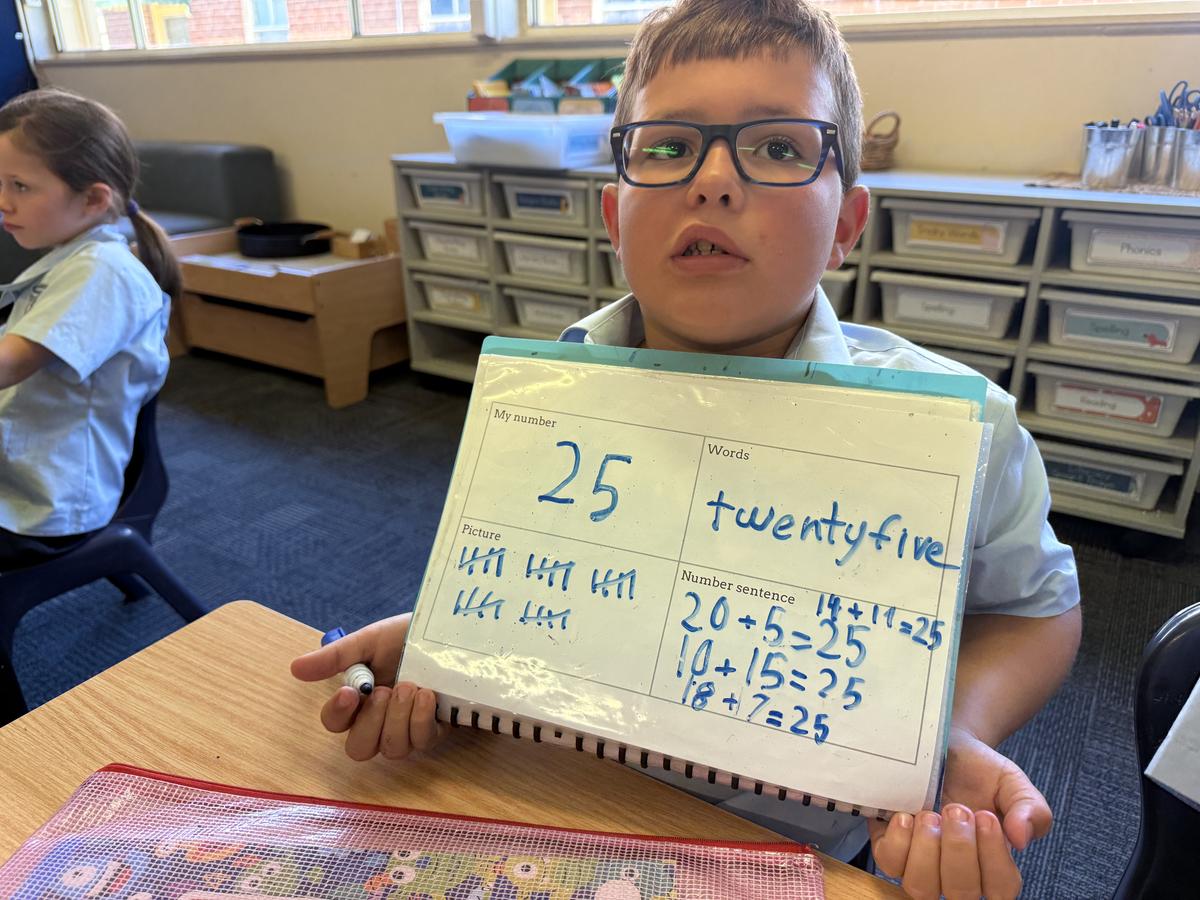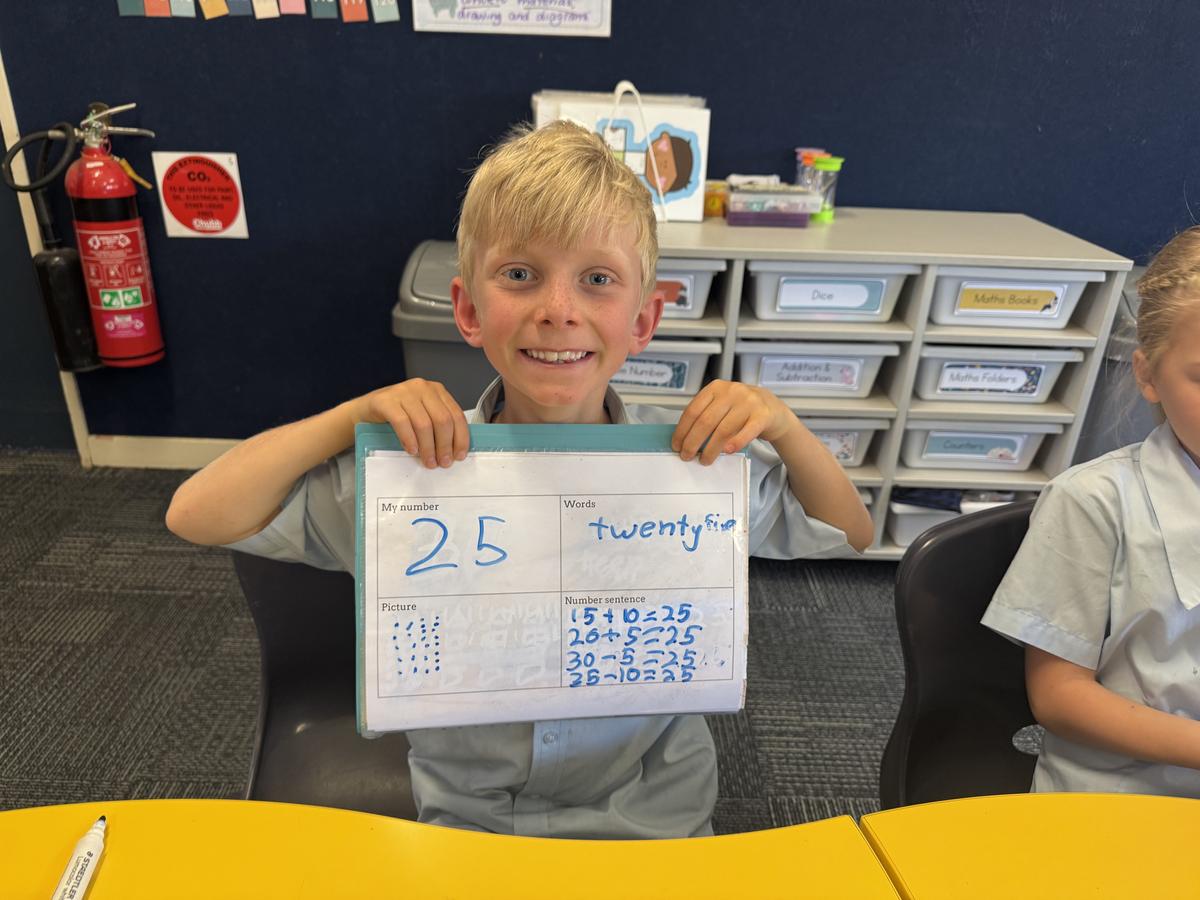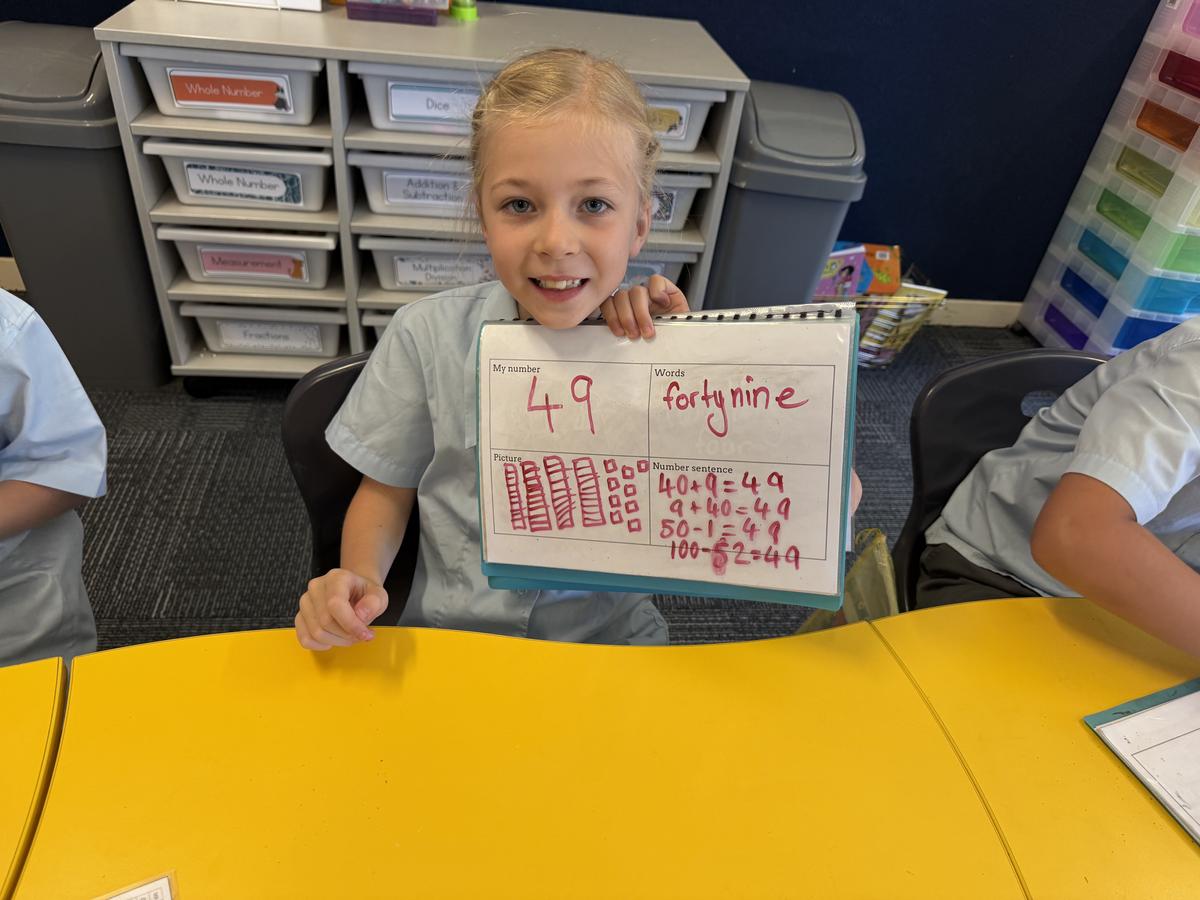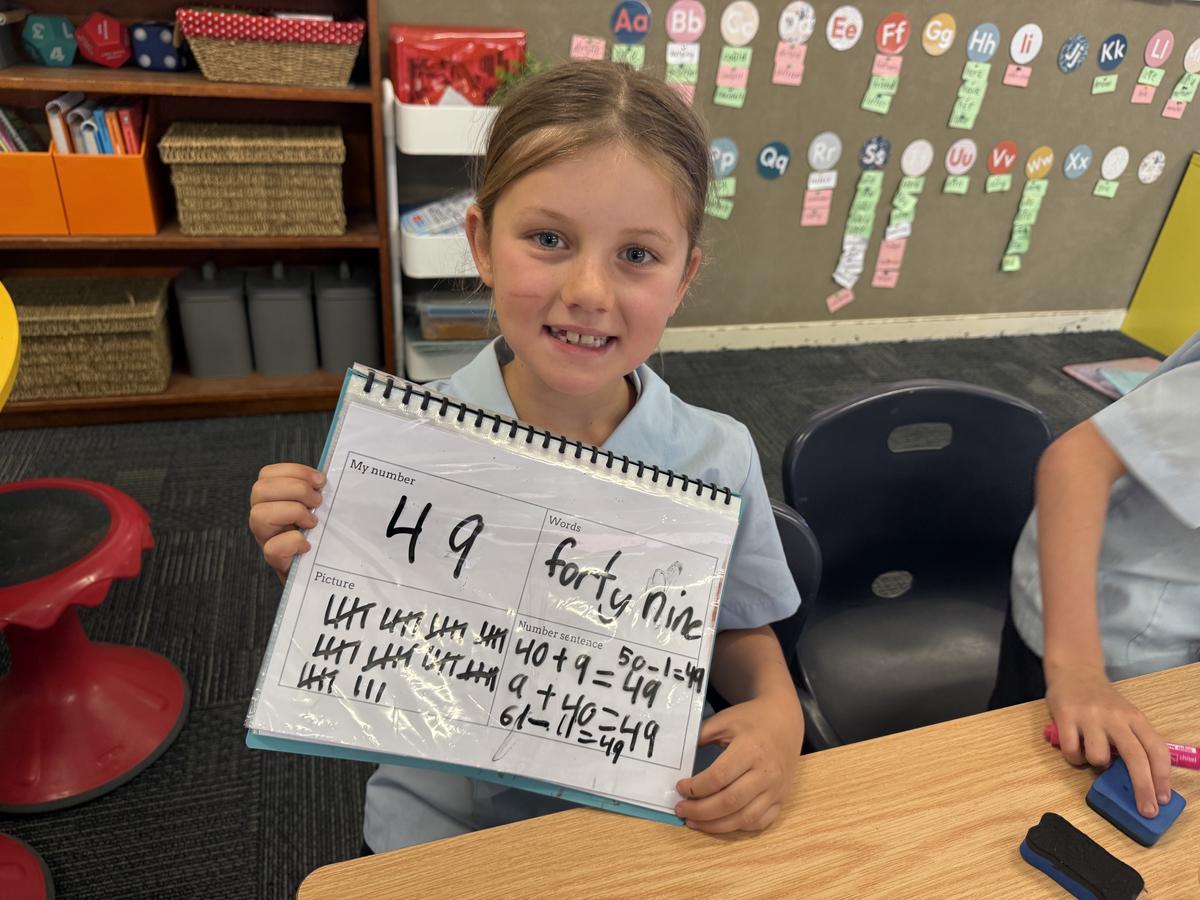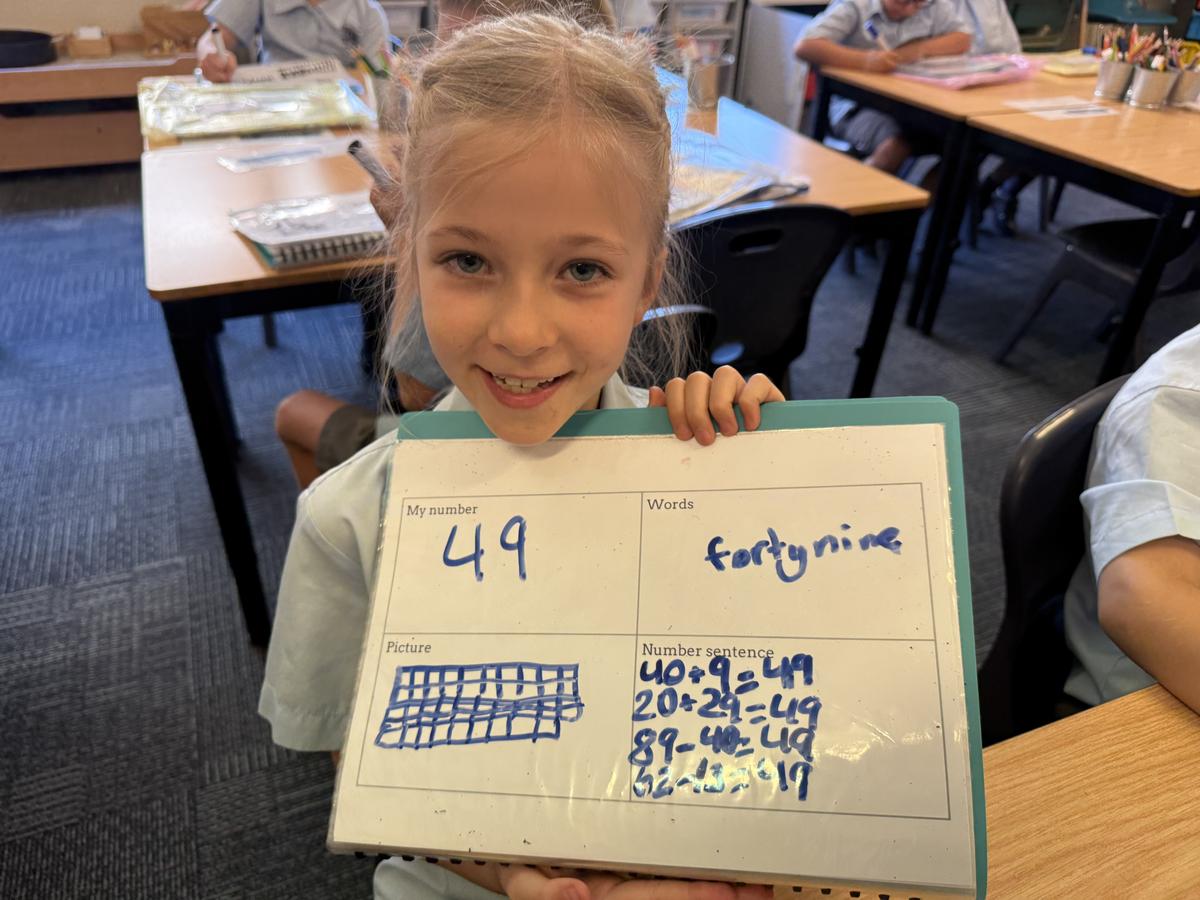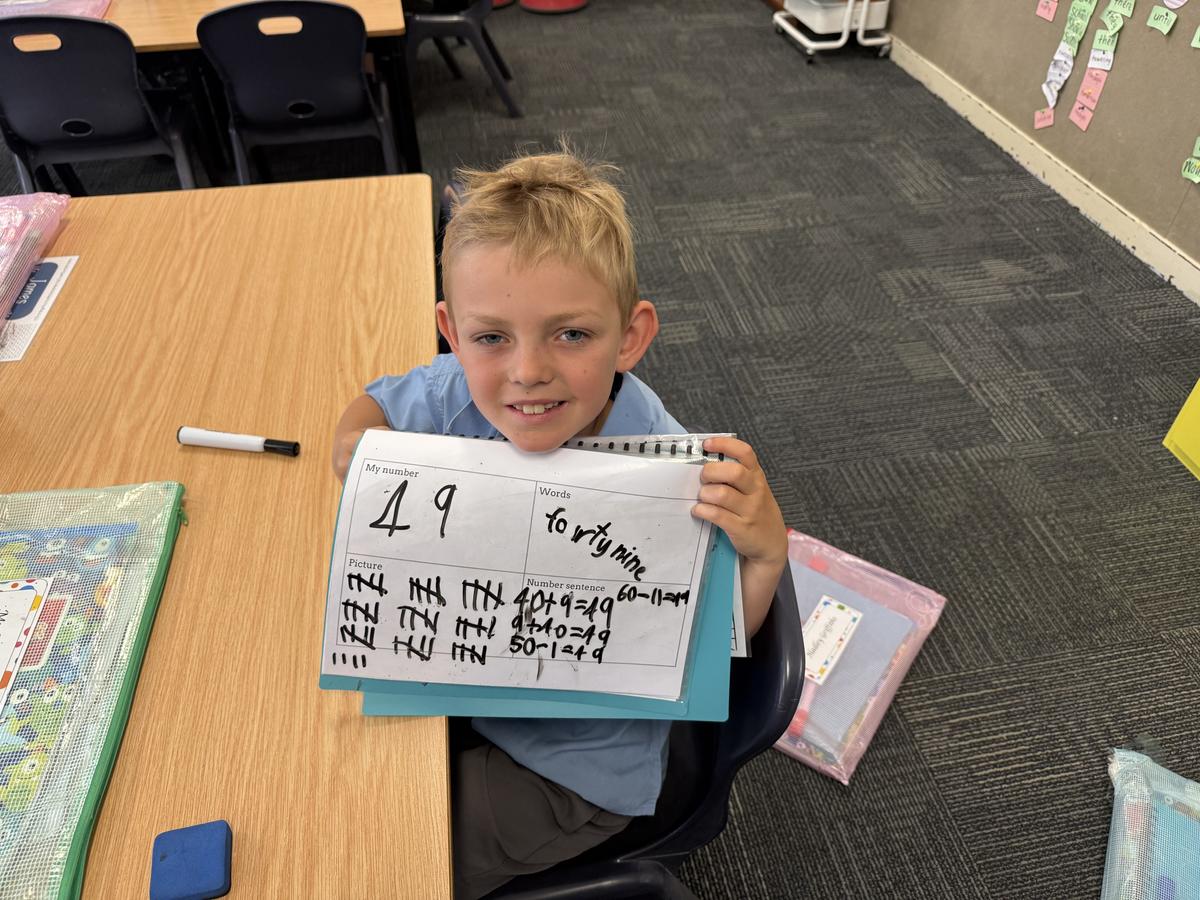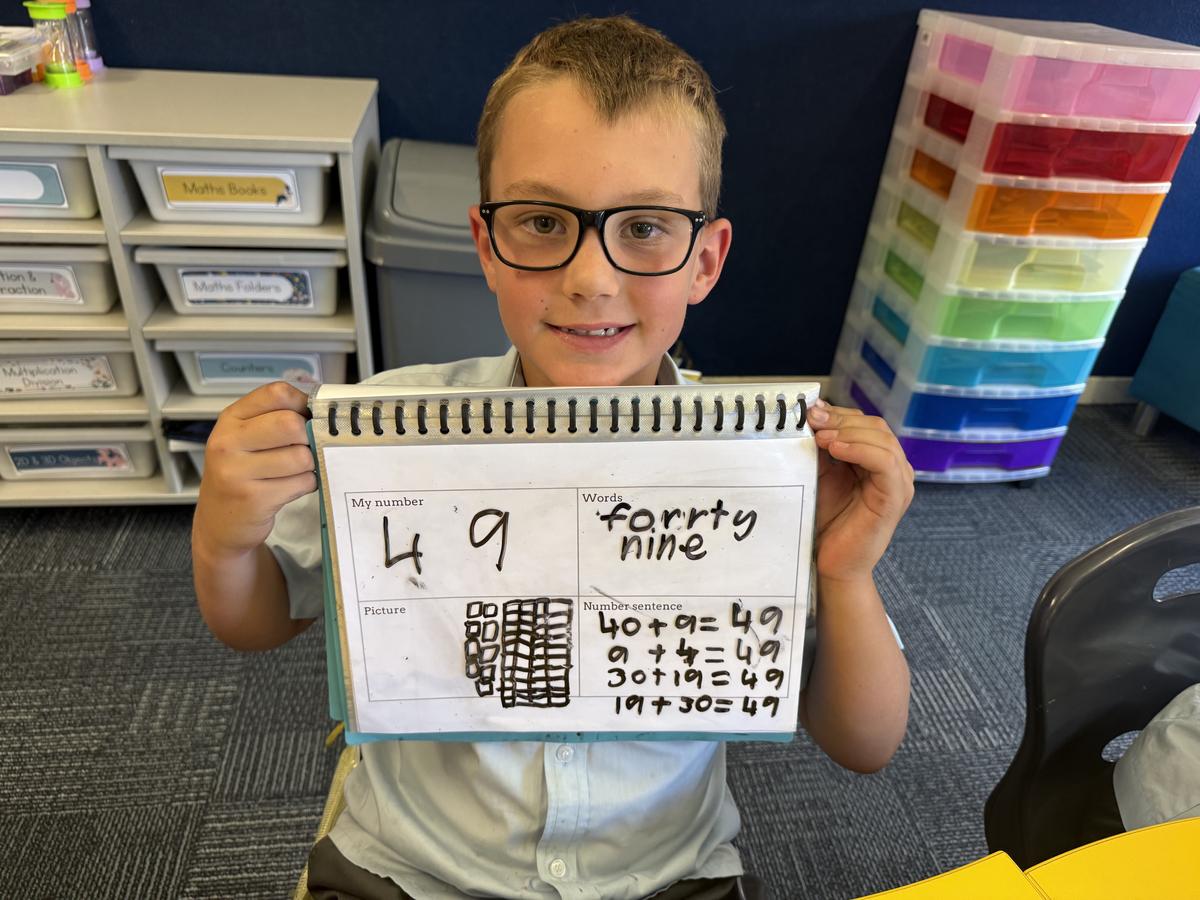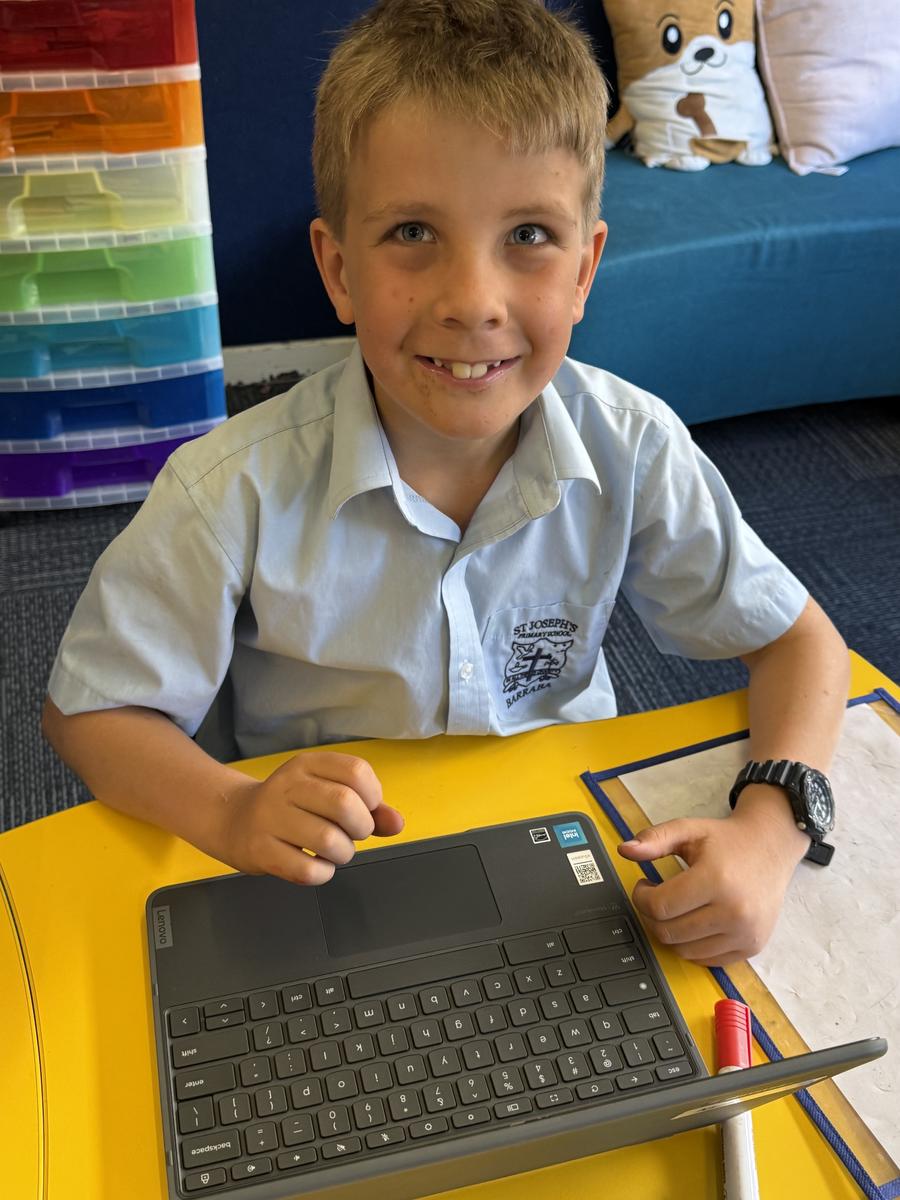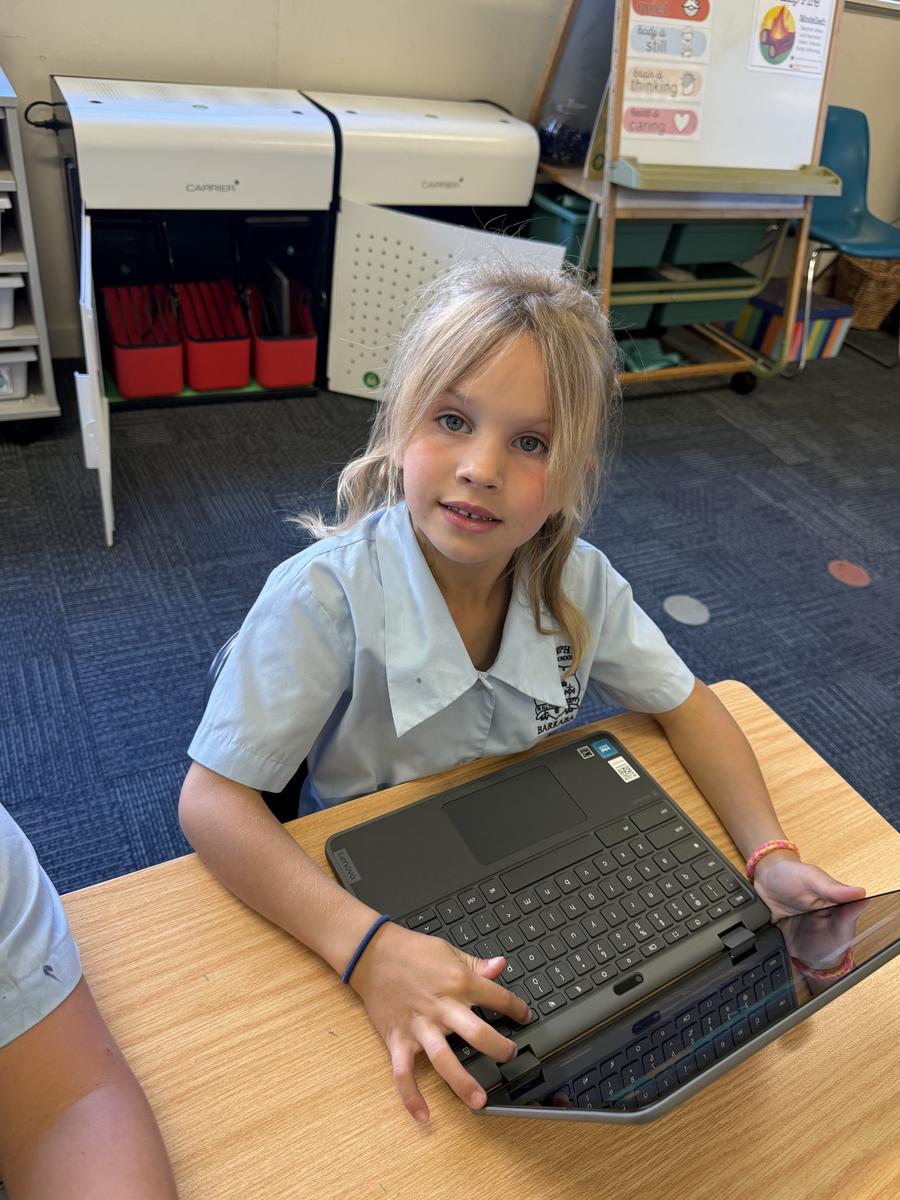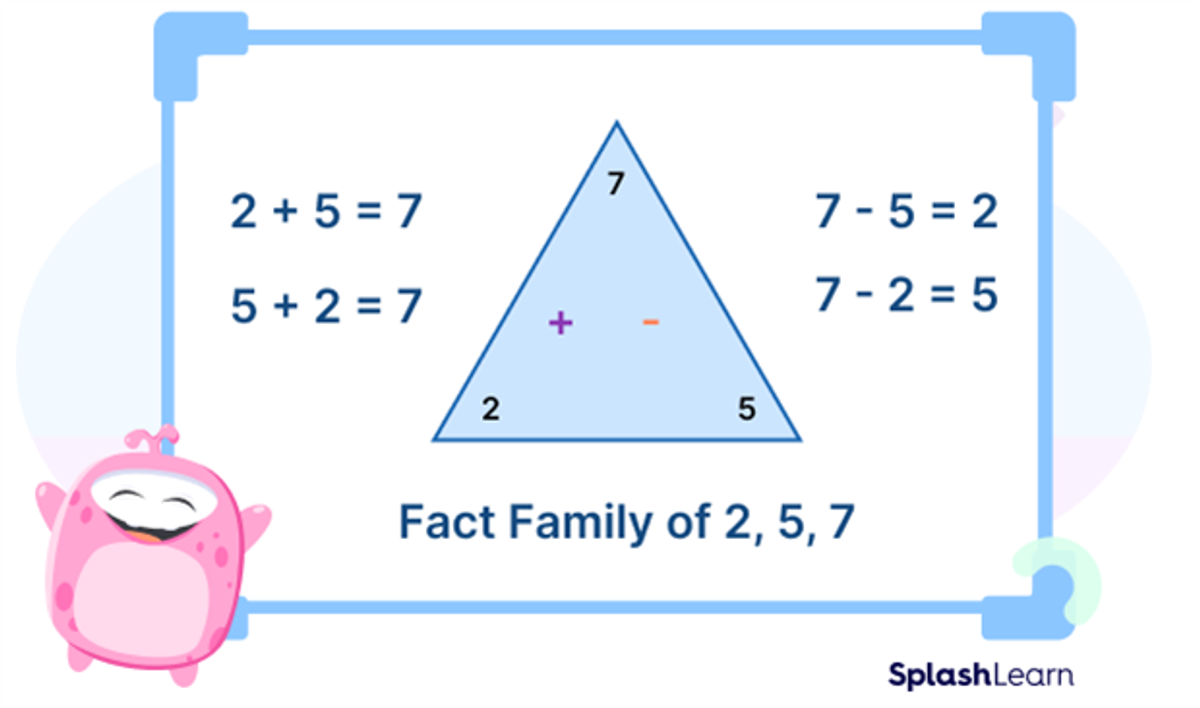Learning News 1/2
Mrs Amy Phillips

Learning News 1/2
Mrs Amy Phillips
Writing
In Writing, we have continued our work on poetry. This week, students wrote poems about the seasons. They followed a scaffold to help structure their ideas and included a simile (a comparing statement using like or as) in each line to make their writing more descriptive and engaging.
The students impressed me with their creative writing! Below are some wonderful examples of their seasonal poems, showing how they used similes to bring their ideas to life.
In winter, I see the snowflakes dancing in the sky, as soft as a lullaby.
In winter, I feel the goosebumps tickle down my skin like raindrops.
In winter, I love to go ice skating and have hot chocolate as warm as a soft, fluffy blanket.
By Sophie
In spring, I see the cows having calves when I go to work with Dad, as black as coal.
In spring, I feel the soft green grass, as green as peas and beans.
In spring, I love that it’s not too hot or too cold — it is perfect, just like my pet dog.
By Albie
In summer, I see all the tropical flowers glowing like diamonds in the hot sun.
In summer, I hear a kookaburra laughing in the distance as I play with my friends, which is as fun as dancing.
In summer, I love staying up late; the days are as long as my parents’ love for me.
By Isla
In spring, I see baby calves as cute as teddy bears.
In spring, I feel leaves and the soft grass, as soft as a fluffy blanket.
In spring, I love the sun because you can go swimming, as fun as going to the park.
By Parker
In winter, I see frost on my window, like white fluffy wool.
In winter, I feel the snow fall on my head, like the touch of a marshmallow.
In winter, I love that you can have hot chocolate; it is as warm as lava.
By Jack
In summer, I see the sweat going down my skin, like a cold drink spilling.
In summer, I feel the cold, refreshing pool, like sitting under a shady tree.
In summer, I love the long school holidays, as long as a giraffe’s neck.
By Grace
Mathematics
In Mathematics, we have started a new topic focused on number bonds; pairs of numbers that add together to make another number. Students are learning how understanding these pairs helps them see the link between addition and subtraction and use this knowledge to solve problems by breaking numbers apart (partitioning).
How You Can Help at Home

